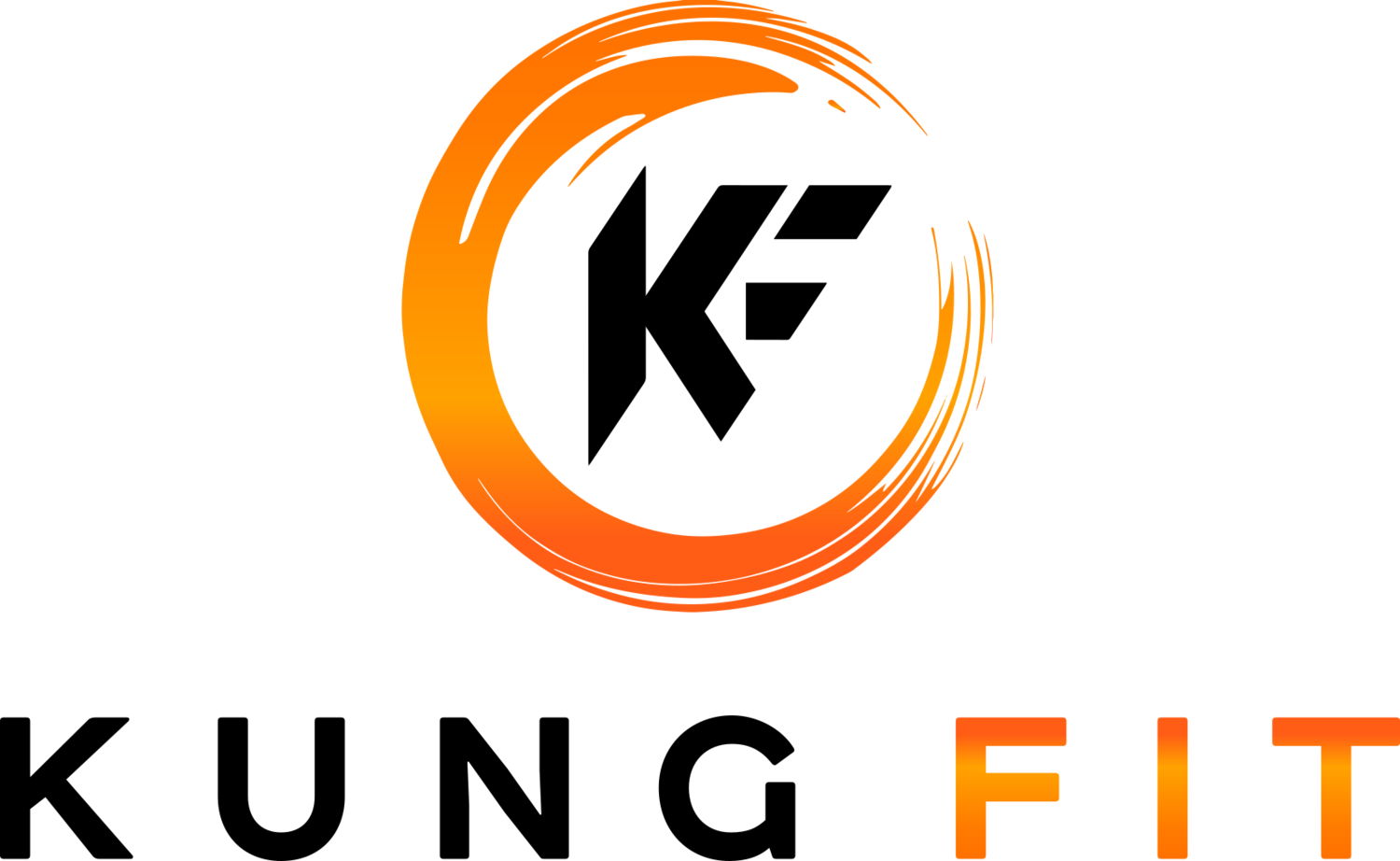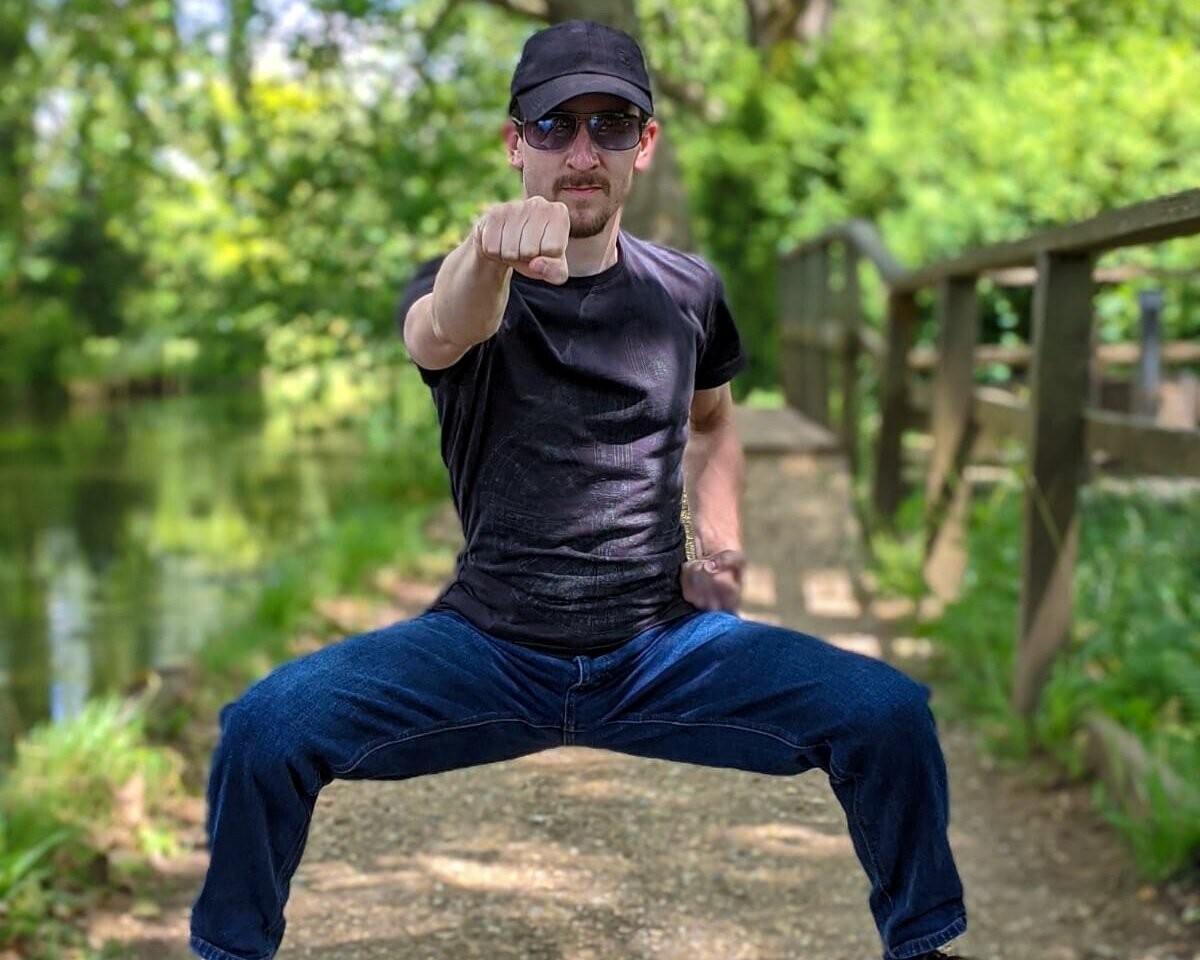Perfect Ma Bu/ Horse Stance Training Guide
This guide will take you through the elements of a proper horse stance (ma bu in mandarin), helping you to make sure that all parts of your body are in the right position. This covers some of teh same ground as this lesson on YouTube , but goes into more detail of why we perform ma bu in this way.
At the end of the guide you will find a number of tips for training ma bu, in order to improve your stance and increase your strength so that you can hold it for longer. This will help you during your training by allowing you to train at your best for longer.
Why is it Called Horse Stance?
The name horse stance, comes from the position of the legs being similar to the position they would be in when riding a horse with high stirrups. Your legs would be spread open and your feet and knees lifted up. Emulating this position on the ground means that you have to squat down.
The name doesn’t relate to the position’s function at all, it is simply a visual thing.
What is Ma Bu For?
Ma bu is one of the fundamental positions of Kung Fu, and many other martial arts. One of the main reasons is that it is an effective way to build leg strength and endurance without the need for any equipment. It also helps to build hip mobility and back strength, reducing the risk of lower back pain.
Training your ma bu is also a great way of building your mental resilience and determination. Holding ma bu for an extended period is not easy, and often your mind wants to give up before your body. Overcoming physical hardship is a key element of growing as a martial artist, and training ma bu will set you off on the right path.
Whilst we hold ma bu for extended periods for training purposes, this is not how it is used in practice. It is often a transitionary movement, used to generate power through the legs and hips, such as twisting from ma bu to yao bu. It is also a stable position that you can drop into to lower your centre of gravity. Finally it is a position that you can catch your weight in; if you jump a long distance you can land and effectively control your momentum with this position.
Remember that “bu” more literally translates to step, rather than stance; so we want to step in and out of ma bu when using it. Because ma bu is something that we use whilst being mobile, rather than holding statically, performing it properly requires certain body parts to be aligned properly. This tends to be where the most common mistakes are found.
How to do the Perfect Ma Bu
It is worth stating straight away that there is no single right way to do ma bu. Because it can be used in various different ways, and because everyone’s body mechanics are slightly different, there are many different ways you could do the stance. There are variations between internal and external Chinese martial arts, between northern and southern Kung Fu styles, and in other branches of martial arts, such as Karate (kiba-dachi) and Taekwondo (annun seogi). It is not uncommon to see variations in width for example, from very wide, to very narrow stances.
There are definitely some things that you want to avoid, and some general principles that apply though, which even experience martial artists sometimes get wrong. Once you are familiar with the basic position and have trained it for some time, you will be able to modify it to suit the situation better, but always remember the key elements.
Step 1- Feet
Spread your feet to approximately one of your leg lengths apart. This will be useful for later when you want to transition through other stances. Too wide and it may be too much of a stretch, too narrow and you will not have room for your hips.
Make sure your feet are facing straight ahead and are flat on the floor. Bear in mind that as you are able to get lower in your stance you may want to turn your feet out ever so slightly, and I do mean slightly.
In some styles you will also grip the floor with your toes, giving you a greater connection to the floor. This is common in Tai Chi for example, where being grounded and stable is particularly important. When you are moving through the stance though, do not grip the floor, as this will get in your way. With more mobile Kung Fu styles, like Shaolin, gripping the floor is less important.
Squat down a short distance and keep your weight evenly distributed between each foot and your body straight. Don’t twist or lean to either side.
Step 2- Knees
Knee position is one of the most important aspects of a good ma bu, both for the quality of the stance and the health of your joints. Push your knees outwards so that your lower leg is almost upright when seen front on. This will open up the hips and give you plenty of room to move. It will also prevent undue stress on your knees from being pushed inwards. This position is not inherently bad, but if your body hasn’t been prepared for it, it will likely cause you issues in the long term. It may feel OK at first, but years of practice could lead to injuries.
Your knees should also move forward slightly to act as a counter balance as you sit back (see Step 3). Your knees should be roughly in line with your toes. Too far back and you will fall backwards, and too far forwards and you are putting more strain in the ankles. Both of these positions will also cause you to be less stable, which is exactly what we don’t want with our ma bu.
Step 3- Back
Sit back into your squat, letting your hips drop down and back. Eventually your aim is to be able to get your thighs parallel to the ground, however there are a few other requirements which make this harder than it may at first seem.
The primary one is your back position. You want to make sure that your back stays mostly upright, however, there is a tendency to lean forward as you squat lower. This comes from a lack of mobility in the hips, adductors and hamstrings and strength in the lower back. Squatting and holding ma bu more will tend to help with the mobility, as will stretching regularly. Lower back strength tends to be a more persistent problem though.
That being the case you want to squat down until you find yourself beginning to lean forward, and then come up again ever so slightly. This is the height at which you should hold your stance until your back strength improves (see the training tips below).
Sitting back will also transfer more of the pressure onto your gluteus maximus- the main muscle in your bum. This will help you hold the stance for longer, as your quads are not taking all of the weight, and it will make you more stable.
Step 4- Hips
Make sure that you keep your hips neutral. Many people advise that you tuck your hips up and forward (posterior pelvic tilt) as this helps to keep the lower back upright. This is not addressing the root problem of the weak back however, and seriously compromises your stance. Remember that I said you should be mobile in your ma bu? Try squatting down and then pushing your hips forwards, think about tucking your bum in. Now wiggle your hips, twist and move however you can, whilst keeping your hips pushed forwards. Feels quite restricted right?
Now relax your hips to a neutral position and do the same. Notice how much more mobile you are? Keeping this neutral position will allow you to move around more freely and better generate power.
Step 5- Arms
Your arms can do whatever you like in your ma bu, just don’t use them for support! You can hold them out in front or to the sides, you can use them to punch, you can hold them behind your head. If you feel particularly masochistic, you could even hold something heavy, just to make things that much harder!
How to Train Ma Bu
You should now know how to perform ma bu with a proper alignment, which will reduce the stress on your joints and spread the load between your muscles. If you are still unsure, re-read the above and try watching the YouTube video.
As an isometric exercise (an exercise where you do not move) one of the main ways to train your ma bu is to just hold it for as long as you can, or at least nearly as long. Make sure you are in a good quality position when you do this. I always recommend that you hold ma bu whilst cleaning your teeth. You do it twice a day and should be doing it for two minutes, which is a pretty good time if you can hold it for the whole period. If you can’t just stop when need to. You also aren’t doing anything else whilst you are cleaning your teeth, so its the perfect opportunity for some extra training!
Not only will your teeth thank you if you aren’t already cleaning them for at least two minutes, but think about how much that time will add up. Nearly half an hour a week of ma bu, that you wouldn’t otherwise be doing. That’s over 24 hours each year!
That doesn’t mean you can’t hold it at other times as well of course…. Consistently increasing the number of times and the amount of time you hold ma bu for will ensure that you keep progressing.
One common problem when holdin ma bu is for muscles in and around the hips cramping. If this happens just stand up, relax, shake it off, and once you’ve recovered get back into it. This is usually caused by muscle tightness. The best way to prevent this happening long term is to make sure you stretch regularly.
Other than holding ma bu, things like wide squats will help, as will hostages, an exercise where you squat down and use that as your high point, you then bounce down and back up to the squat position. This really works the lower range of motion, improving the strength and mobility of your hamstrings, as well as the strength of your quadriceps. Don’t worry too much about your back position with these, just focus on the legs.
To improve the strength of your lower back, go down in to ma bu and lower yourself to the point at which you start to tilt forward with your body. You want to be just leaning forward a small amount, so if you have quite a dramatic lean, just sit up a little. From here, hold your legs where they are and really focus on leaning back with your body, then relax back forwards and repeat. Continue this with as many repetitions as you can before your back starts to feel a little tired or tight and then relax. Depending on how good your balance is, you may want to hold onto something in front of you for stability. Make sure you are not supporting your weight though.
Follow these steps and you’ll be on the way to a perfect ma bu in no time. Have fun training!
Damien

